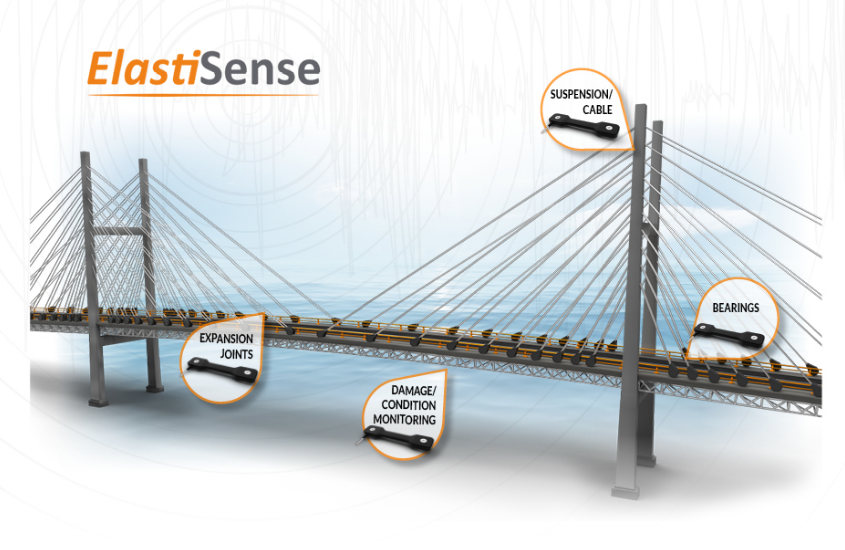Structural health monitoring means continuous evaluation of the extent of the performance of the structure during its life.
Everything says something. One needs to listen and observe carefully.
A structure engineering disciple
Table of Contents
Structural health monitoring is needed because of the following particulars-
To know whether the structure is performing as we expected?
Does the structure need any precautionary measures?
After any major earthquake that the structure has undergone thorough. It is important to check its stability and serviceability that if it is suitable for the habitat furthermore.
After terrorist attacks, it becomes necessary to evaluate the state of structure to decide retrofit strategy.
Also, extreme weather activity imposes the necessity of Structure Health Monitoring.
To decide how much useful lifespan of the structure is remained, we need Structure Health Monitoring.
How to Perform Structure Health Monitoring
Before the physical properties, that we can perceive with the naked eye, change there are changes in other properties.
The change in mode shapes and damping coefficient of the structure clearly indicates that something has changed.
This is an alarming situation.
Monitoring natural frequencies, changes in mode shapes, and damping characteristics give us an idea about damage.
Types of Structure Health Monitoring
Local SHM
This includes the local inspection. It gives an idea about the spread of damage in particular members. Local inspections like Beam-column joints and Column-base joints are examples of Local SHM.
Global SHM
The dynamic behavior of the whole structure is considered. It involves the use of methods that detects the changes in the performance of the whole structure.
What after Structure Health Monitoring?
If any members are found damaged then they are prescribed for retrofitting.
At present, we are using two widely used materials for retrofitting.
- CFRP – Carbon Fiber Reinforced Polymer – Normally used to Retrofit the Column-base joints
- GFRP – Glass Fiber Reinforced Polymer – Normally used to Retrofit the Beam-Column joints
Are there any quantitative measures of damage?
Yes. There are numerous. There is a number of types of Damage Indices available.
Keynotes- Structure Health Monitoring is an integral process for important structures. It is also useful to ascertain the remaining useful lifespan of the structure. Once a structure got damaged then it is the sole responsibility of concerned engineers to decide whether to demolish the structure or it could be retrofit it. Structure engineers do this by their experience.
Read Also- Criteria For Selection of The Repair Material
Different Grades of Concrete and Mix Ratio
Properties Of Fresh Concrete – Segregation And Bleeding
